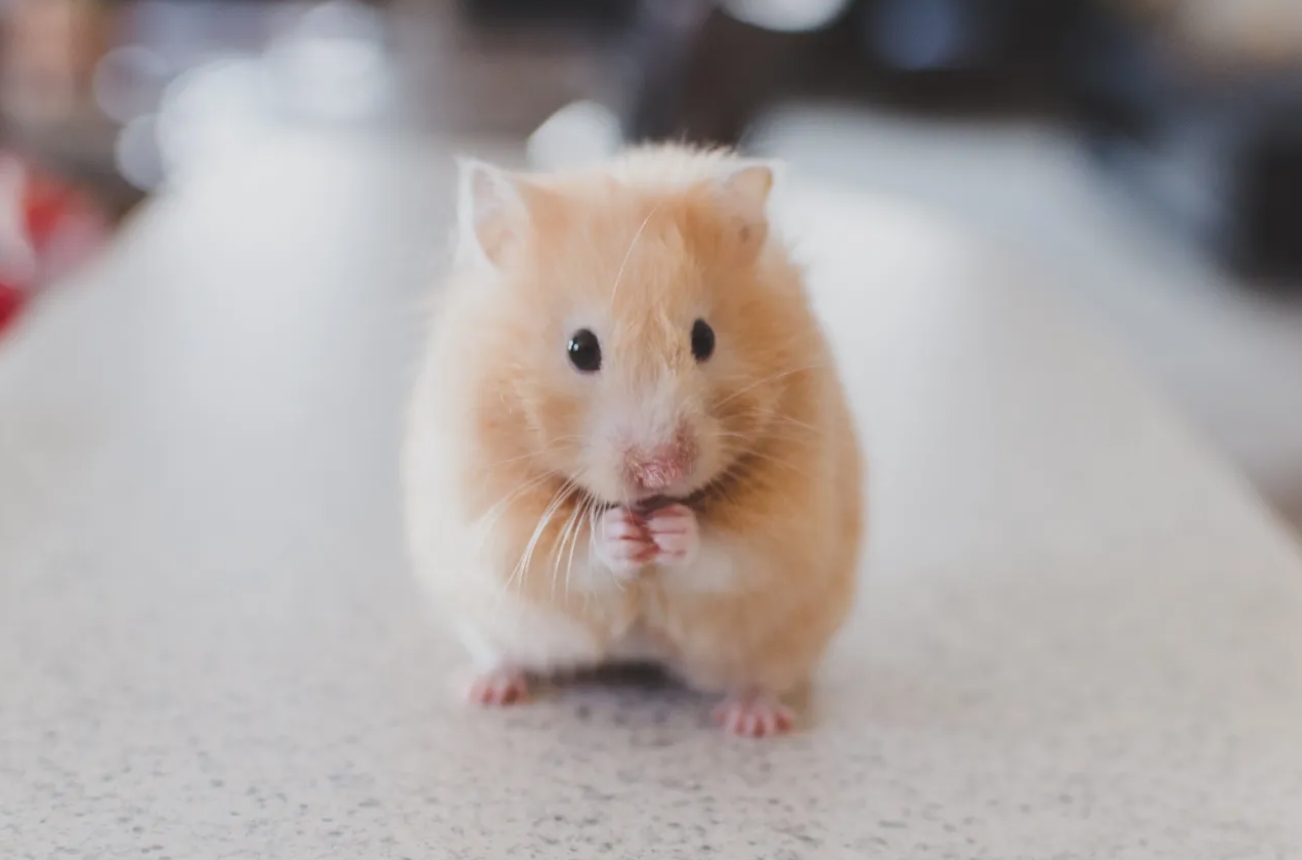
The move was hailed by animal rights groups, but some researchers said it pushed the agency too quickly into uncharted territory.
The Environmental Protection Agency said on Tuesday that it would move away from requiring the testing of potentially harmful chemicals on animals, a decision that was hailed by animal rights groups but criticized by environmentalists and researchers who said the practice was necessary to rigorously safeguard human health.
The E.P.A. Administrator Andrew Wheeler said the agency plans to reduce the amount of studies that involve mammal testing by 30 percent by 2025, and to eliminate the studies entirely by 2035, though some may still be approved on a case-by-case basis.
The agency said it would also invest $4.25 million in projects at four universities and a medical center that are developing alternate ways of testing chemicals that do not involve animals.
“We can protect human health and the environment by using cutting-edge, ethically sound science in our decision-making that efficiently and cost-effectively evaluates potential effects without animal testing,” Mr. Wheeler said in a memo announcing the changes.
The E.P.A. has for decades required testing on a variety of animals — including rats, dogs, birds and fish — to gauge their toxicity before the chemicals can be bought, sold or used in the environment.
The agency could not immediately provide a breakdown of how many of its tests involve mammals — the target of the reductions announced Tuesday — versus animals that are not mammals.
Animal testing helps manufacturers prove to the E.P.A. that their chemicals meet federal safety standards. The tests are typically conducted by outside parties, and the E.P.A. analyzes the data.
The practice of testing with animals has long prompted complex debates driven by passionate views on morality and scientific imperative. Reaction to Tuesday’s announcement was no different.
“We are really excited as this has been something we’ve wanted for quite some time,” said Kitty Block, the president and chief executive of the Humane Society of the United States, an animal protection organization. “The alternatives are the future. They’re more efficient and save lives.”
Kathleen Conlee, the vice president of animal research issues at the Humane Society, said the E.P.A.’s move is “broad-sweeping and significant.”
“This is the first time a government agency has made such a commitment and timelined its specific goals along the way,” Ms. Conlee said. “There’s been a lot of positive action among other federal agencies, but we want to see all government agencies take this step.”

Tracey Woodruff, a professor at the University of California, San Francisco’s school of medicine, said current alternatives to animal testing are somewhat useful. But Dr. Woodruff, who worked at the E.P.A. from 1994 to 2007, said only animal testing — a process honed over decades — was robust enough to gauge chemicals’ impacts on people of various ages, genetics and health backgrounds.
“I definitely think we should be investing more in this research,” she said, referring to alternative testing. “But it’s really not ready for making decisions yet — at least the way that E.P.A. is making decisions.”
Jennifer Sass, a senior scientist at Natural Resources Defense Council, an environmental advocacy group, said she was very concerned by the announcement. Dr. Sass said animals were still necessary to study chronic conditions, like cancer and infertility.
Cells in a petri dish cannot yet replace whole living systems, she said.
“The E.P.A.’s deadline is arbitrary,” Dr. Sass said. “Our interest isn’t in speed, it’s getting it right. We want proper animal testing because we don’t want harmful chemicals to end up in our food, air and water.”
Dr. Sass also said that the regulated chemical industry and the E.P.A. were developing and interpreting alternative tests without enough scientific rigor.
“That’s a rigged system that gets rid of scientific evidence and relies on quick and dirty tests,” she added.
Various government agencies, like the Food and Drug Administration and the National Institutes of Health, have also been looking to reduce, refine and replace animal testing.
But the F.D.A., which still uses animal testing to a certain extent, does not plan on instituting further cutbacks in light of the E.P.A.’s announcement.
“While the F.D.A. is committed to doing all that it can to reduce the reliance on animal-based studies, there are still many areas where animal research is necessary,” Tara Rabin, an F.D.A. spokeswoman, said in a statement. “Without the use of animals, it would be impossible to gain some of the important knowledge needed to prevent human and animal suffering for many life-threatening diseases.”
The F.D.A. has been experimenting with alternatives to animal testing for several years. Last year the department proposed a study that would eliminate the use of dogs for testing and ended its use of squirrel monkeys for a nicotine study.
One innovation, which has shown promising results, is a computer microchip lined with living human cells called “Organs-on-Chips.” The device mimics the functions of human organs, allowing researchers to study molecular and cellular function.
The N.I.H. follows guidelines to “avoid or minimize discomfort, distress, and pain” of animals. In 2015, the agency announced it would end its invasive research on chimpanzees and retire its 50 chimps to a sanctuary.
The Department of Veterans Affairs, which did not respond for comment, has an Animal Research Program that uses rats and mice for over 99 percent of its research. But small animals have their limitations and, according to the department’s website, animal testing remains essential.
“If we choose not to do the research with animals needed to develop better insulin delivery systems for people with diabetes, we have to accept that we can’t reduce their risks for nerve pain, kidney failure, heart disease, impaired vision, and severe infections,” the website said.
By Mihir Zaveri, Mariel Padilla and Jaclyn Peiser

